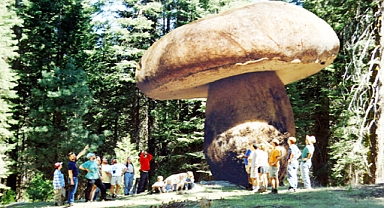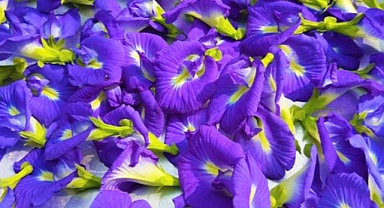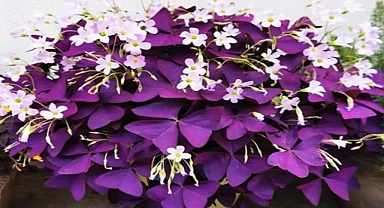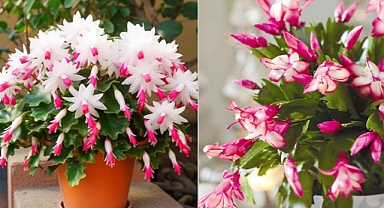Discover these rare and unusual fruits from across the globe that are as nutritious as they are fascinating.1. Star Fruit (Carambola)
Also known as carambola, star fruit is native to tropical Southeast Asia and is instantly recognizable thanks to its five distinct ridges. When sliced, it forms a perfect star shape—hence the name. Its entire surface is edible, with a crisp, juicy texture and a taste that's both sweet and tart. Star fruit can be enjoyed raw, or used in salads, drinks, desserts, and preserves. It's also a good source of vitamin C, fiber, and antioxidants.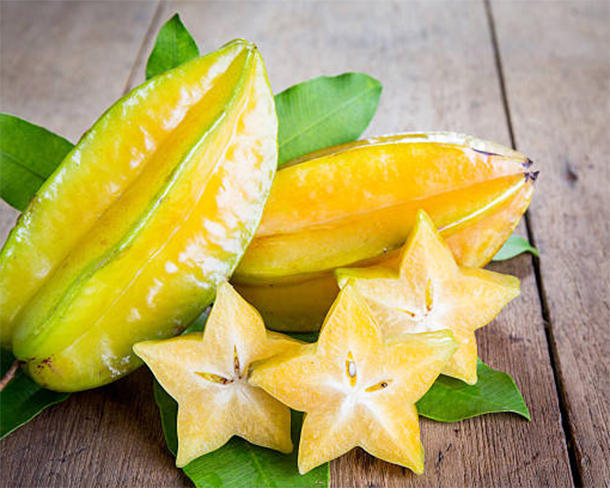 2. Cherimoya (Custard Apple)
2. Cherimoya (Custard Apple)
Native to the Andean valleys of South America, the cherimoya is often referred to as the "custard apple" due to its creamy, custard-like flesh. Its flavor is a delightful blend of banana, pineapple, and bubblegum, making it a favorite at fruit tastings. The soft white interior is encased in a green, scaly skin, and it's best enjoyed chilled and eaten with a spoon. Cherimoya is rich in vitamins B6 and C, and supports heart and brain health.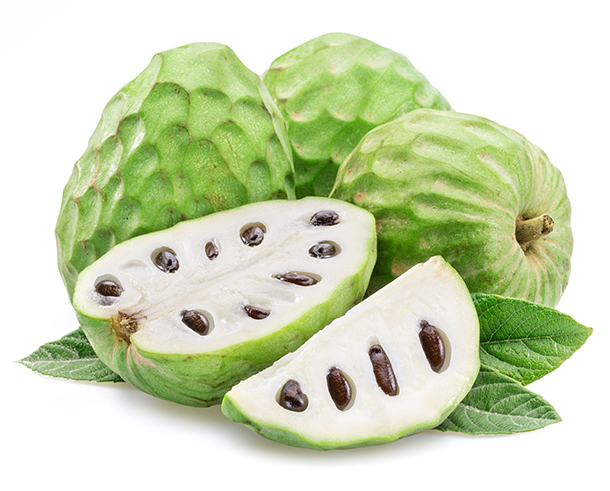 3. Guava
3. Guava
Originating in Central and South America, guava is a sweet, tropical fruit that resembles a mix between strawberries and pears. The rind comes in various colors including white, pink, yellow, and red, and may contain soft seeds—or be seedless altogether. With more vitamin C than an orange, guava also offers fiber, vitamin A, potassium, and phosphorus. It’s perfect for juices, jams, smoothies, or eaten fresh as a healthy snack.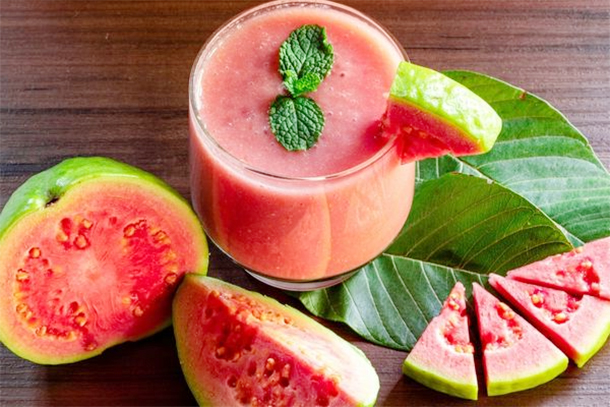 4. Kiwano (Horned Melon)
4. Kiwano (Horned Melon)
Kiwano, or horned melon, hails from Africa but is now grown in several parts of the world. This spiky, bright yellow-orange fruit with jelly-like green flesh is not only visually striking but also hydrating and refreshing. Its flavor lies somewhere between cucumber and kiwi, with a touch of banana. Kiwano is low in calories and contains antioxidants, vitamin C, and magnesium. It’s often eaten raw or added to salads and smoothies.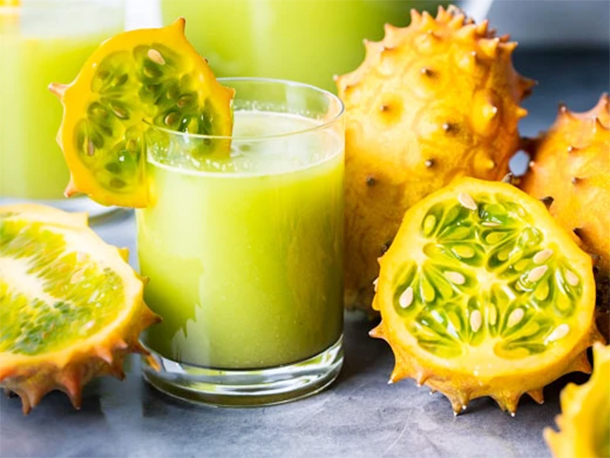 5. Passion Fruit
5. Passion Fruit
This aromatic fruit, native to South America, comes in vibrant purple, yellow, or red hues. Spanish missionaries gave it its name, inspired by the symbolism in its five-petaled flower. With a tangy flavor reminiscent of guava, passion fruit is packed with fiber and potassium, and contains only 17.5 calories per serving. Slice it open to scoop out the seed-filled pulp, or strain it to use in juices, sauces, or desserts.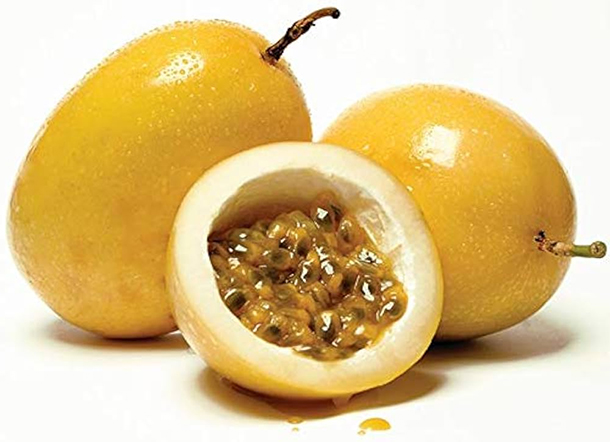 6. Mangosteen
6. Mangosteen
Known as the "queen of fruits," mangosteen is popular in Southeast Asia and has a unique taste that's often described as a mix of banana, peach, and citrus. It’s about the size of an orange, with a tough purple rind hiding white segments inside that resemble garlic cloves. This juicy tropical fruit is hard to find in the U.S. but is gaining popularity for its sweet, refreshing flavor. It's rich in antioxidants, vitamin C, and xanthones—natural compounds with anti-inflammatory effects.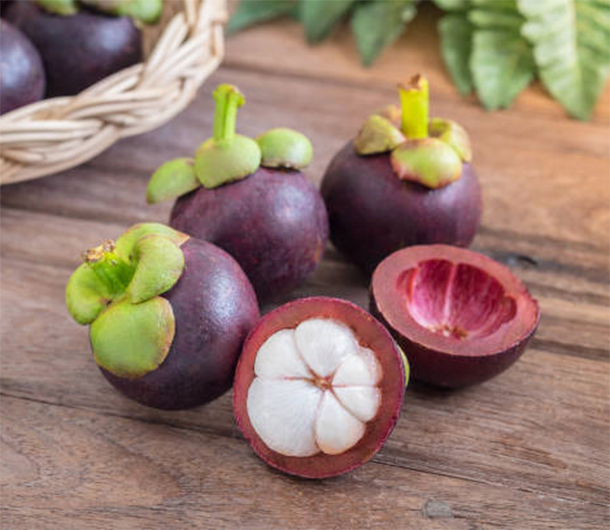 7. Physalis (Golden Berries)
7. Physalis (Golden Berries)
Golden berries, or physalis, are bright orange fruits wrapped in a papery husk. Native to Peru and Chile, they are relatives of the tomatillo. Once unwrapped, they reveal a tart yet sweet flavor. Rich in fiber, vitamin C, niacin, and plant compounds, golden berries are believed to promote immunity, improve vision, and support bone health. They can be eaten fresh or used in jams, chutneys, and dried as a snack.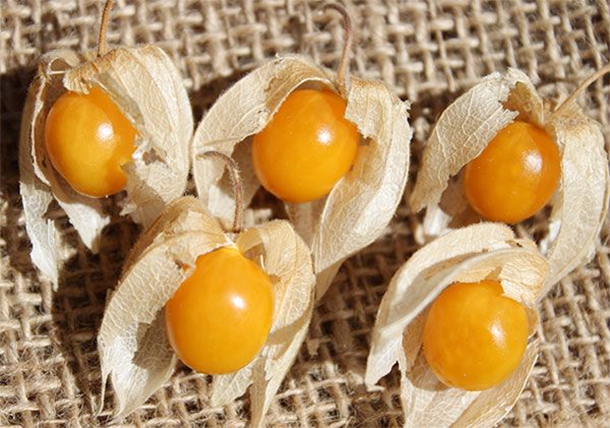 8. Prickly Pear
8. Prickly Pear
Prickly pear grows on cactus plants and is native to the Americas. Both the fruit (called “tunas”) and the pads (known as “nopales”) are edible. The fruit has a watermelon-like flavor and is rich in calcium, vitamin C, and antioxidants. Its outer skin may be covered in spines, so handle with care or buy it pre-cleaned. Use prickly pear in syrups, candies, jellies, or simply enjoy it raw.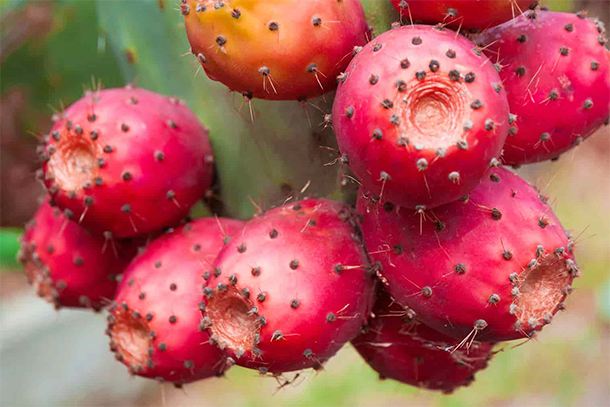 9. Jabuticaba
9. Jabuticaba
This unusual fruit grows directly on the trunk of the jabuticaba tree, native to Brazil. The dark purple berries look like grapes and are available for only a few weeks each year. Their skin is tart, but the inside is lusciously sweet and juicy. Often called the “Brazilian grape,” jabuticaba is packed with antioxidants—more than even blueberries or acai—as well as vitamin C, vitamin E, calcium, potassium, and anti-inflammatory properties.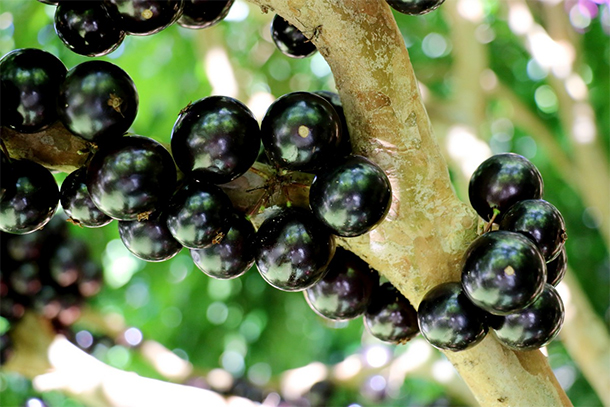 10. Dragon Fruit (Pitaya)
10. Dragon Fruit (Pitaya)
Dragon fruit, or pitaya, is a striking cactus fruit found in Southeast Asia, Central America, and increasingly in California, Florida, and Hawaii. It has vibrant pink or yellow skin and white or red flesh speckled with tiny black seeds. Its mildly sweet flavor makes it perfect for smoothies, salads, or eating fresh. Dragon fruit is high in vitamin C, fiber, magnesium, and antioxidants, and is a low-calorie treat that's also visually stunning.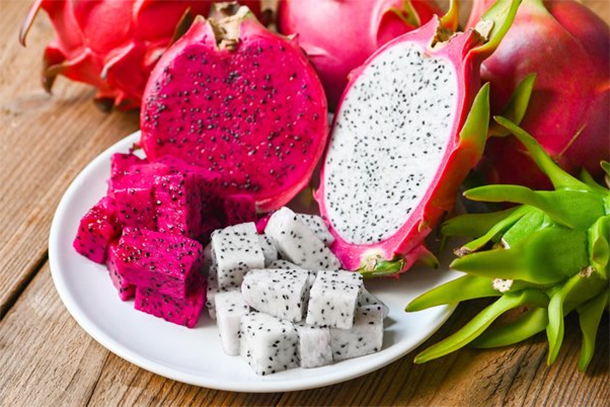 11. Feijoa (Pineapple Guava)
11. Feijoa (Pineapple Guava)
Native to Brazil, Argentina, and Paraguay, feijoa—or pineapple guava—is a small green fruit with gritty, aromatic pulp that tastes like pineapple and mint. It’s popular in gardens across California, though many don’t realize it's edible! Slice it in half and scoop out the jelly-like interior.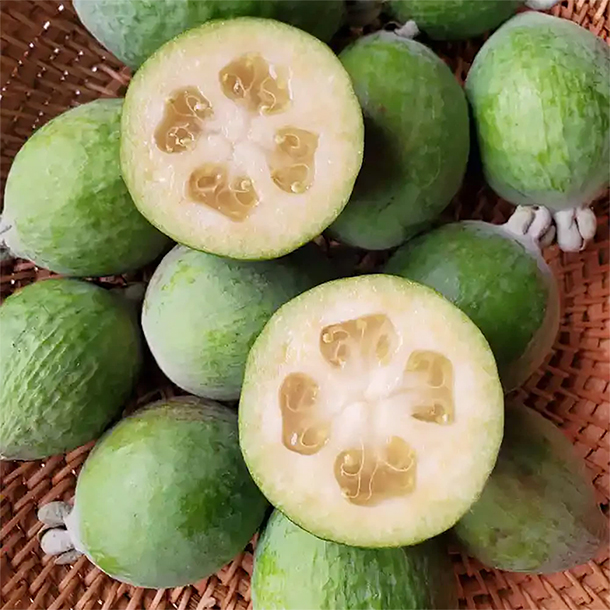 Feijoa is high in vitamin C and fiber, and its unique flavor makes it a great ingredient in jams, baked goods, or enjoyed straight from the shell.
Feijoa is high in vitamin C and fiber, and its unique flavor makes it a great ingredient in jams, baked goods, or enjoyed straight from the shell.
Also known as carambola, star fruit is native to tropical Southeast Asia and is instantly recognizable thanks to its five distinct ridges. When sliced, it forms a perfect star shape—hence the name. Its entire surface is edible, with a crisp, juicy texture and a taste that's both sweet and tart. Star fruit can be enjoyed raw, or used in salads, drinks, desserts, and preserves. It's also a good source of vitamin C, fiber, and antioxidants.
 2. Cherimoya (Custard Apple)
2. Cherimoya (Custard Apple)Native to the Andean valleys of South America, the cherimoya is often referred to as the "custard apple" due to its creamy, custard-like flesh. Its flavor is a delightful blend of banana, pineapple, and bubblegum, making it a favorite at fruit tastings. The soft white interior is encased in a green, scaly skin, and it's best enjoyed chilled and eaten with a spoon. Cherimoya is rich in vitamins B6 and C, and supports heart and brain health.
 3. Guava
3. GuavaOriginating in Central and South America, guava is a sweet, tropical fruit that resembles a mix between strawberries and pears. The rind comes in various colors including white, pink, yellow, and red, and may contain soft seeds—or be seedless altogether. With more vitamin C than an orange, guava also offers fiber, vitamin A, potassium, and phosphorus. It’s perfect for juices, jams, smoothies, or eaten fresh as a healthy snack.
 4. Kiwano (Horned Melon)
4. Kiwano (Horned Melon)Kiwano, or horned melon, hails from Africa but is now grown in several parts of the world. This spiky, bright yellow-orange fruit with jelly-like green flesh is not only visually striking but also hydrating and refreshing. Its flavor lies somewhere between cucumber and kiwi, with a touch of banana. Kiwano is low in calories and contains antioxidants, vitamin C, and magnesium. It’s often eaten raw or added to salads and smoothies.
 5. Passion Fruit
5. Passion FruitThis aromatic fruit, native to South America, comes in vibrant purple, yellow, or red hues. Spanish missionaries gave it its name, inspired by the symbolism in its five-petaled flower. With a tangy flavor reminiscent of guava, passion fruit is packed with fiber and potassium, and contains only 17.5 calories per serving. Slice it open to scoop out the seed-filled pulp, or strain it to use in juices, sauces, or desserts.
 6. Mangosteen
6. MangosteenKnown as the "queen of fruits," mangosteen is popular in Southeast Asia and has a unique taste that's often described as a mix of banana, peach, and citrus. It’s about the size of an orange, with a tough purple rind hiding white segments inside that resemble garlic cloves. This juicy tropical fruit is hard to find in the U.S. but is gaining popularity for its sweet, refreshing flavor. It's rich in antioxidants, vitamin C, and xanthones—natural compounds with anti-inflammatory effects.
 7. Physalis (Golden Berries)
7. Physalis (Golden Berries)Golden berries, or physalis, are bright orange fruits wrapped in a papery husk. Native to Peru and Chile, they are relatives of the tomatillo. Once unwrapped, they reveal a tart yet sweet flavor. Rich in fiber, vitamin C, niacin, and plant compounds, golden berries are believed to promote immunity, improve vision, and support bone health. They can be eaten fresh or used in jams, chutneys, and dried as a snack.
 8. Prickly Pear
8. Prickly PearPrickly pear grows on cactus plants and is native to the Americas. Both the fruit (called “tunas”) and the pads (known as “nopales”) are edible. The fruit has a watermelon-like flavor and is rich in calcium, vitamin C, and antioxidants. Its outer skin may be covered in spines, so handle with care or buy it pre-cleaned. Use prickly pear in syrups, candies, jellies, or simply enjoy it raw.
 9. Jabuticaba
9. JabuticabaThis unusual fruit grows directly on the trunk of the jabuticaba tree, native to Brazil. The dark purple berries look like grapes and are available for only a few weeks each year. Their skin is tart, but the inside is lusciously sweet and juicy. Often called the “Brazilian grape,” jabuticaba is packed with antioxidants—more than even blueberries or acai—as well as vitamin C, vitamin E, calcium, potassium, and anti-inflammatory properties.
 10. Dragon Fruit (Pitaya)
10. Dragon Fruit (Pitaya)Dragon fruit, or pitaya, is a striking cactus fruit found in Southeast Asia, Central America, and increasingly in California, Florida, and Hawaii. It has vibrant pink or yellow skin and white or red flesh speckled with tiny black seeds. Its mildly sweet flavor makes it perfect for smoothies, salads, or eating fresh. Dragon fruit is high in vitamin C, fiber, magnesium, and antioxidants, and is a low-calorie treat that's also visually stunning.
 11. Feijoa (Pineapple Guava)
11. Feijoa (Pineapple Guava)Native to Brazil, Argentina, and Paraguay, feijoa—or pineapple guava—is a small green fruit with gritty, aromatic pulp that tastes like pineapple and mint. It’s popular in gardens across California, though many don’t realize it's edible! Slice it in half and scoop out the jelly-like interior.
 Feijoa is high in vitamin C and fiber, and its unique flavor makes it a great ingredient in jams, baked goods, or enjoyed straight from the shell.
Feijoa is high in vitamin C and fiber, and its unique flavor makes it a great ingredient in jams, baked goods, or enjoyed straight from the shell. 
